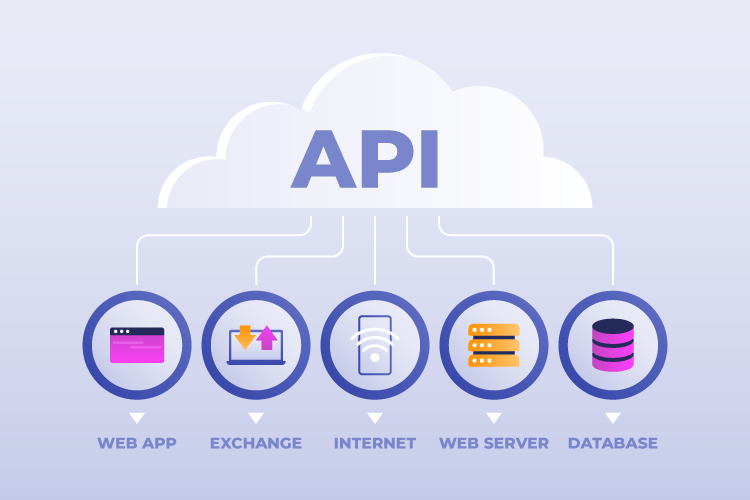In the era of digitization and interconnectedness, the ability of businesses to collaborate efficiently and share information has become crucial. Interoperability, in this context, plays a vital role in enabling effective communication and integration between different systems, applications, and platforms.
First, let's address the most important question: What is interoperability?
- Interoperability is the ability of different systems, applications, or technological components to communicate, exchange data, and cooperate with each other effectively. In other words, it is the ability of different parts to work together seamlessly, regardless of differences in their protocols, data formats, or structures.
- Among its numerous benefits, we can highlight improved efficiency, effective collaboration, accelerated innovation, flexibility, scalability, and enhanced customer experience, among others.

Moreover, there are different types of interoperability, each focusing on a specific dimension of business collaboration. Here are the top five:
- Syntactic Interoperability: It refers to the ability of systems to communicate and exchange data using the same formats and protocols.
- Semantic Interoperability: It understands and interprets exchanged data accurately, ensuring that they are shared consistently and without ambiguity.
- Organizational Interoperability: It focuses on collaboration and coordination among different organizations, including process standardization, business rules, and security policies.
- Technical Interoperability: It consists of the ability of systems to interact and share data across different technologies, such as APIs, communication standards, and network protocols.
- Temporal Interoperability: It synchronizes and coordinates events and actions across different systems to ensure the coherence of business processes.
- Interoperability has become an essential component for the success of businesses in an increasingly interconnected world. By enabling effective communication and collaboration between systems and applications, interoperability drives efficiency, innovation, and customer experience.
Furthermore, by understanding the top five types of interoperability, businesses can maximize its advantages and ensure smooth and successful business collaboration in the current digital landscape.
What are you waiting for to make your company stand out?




